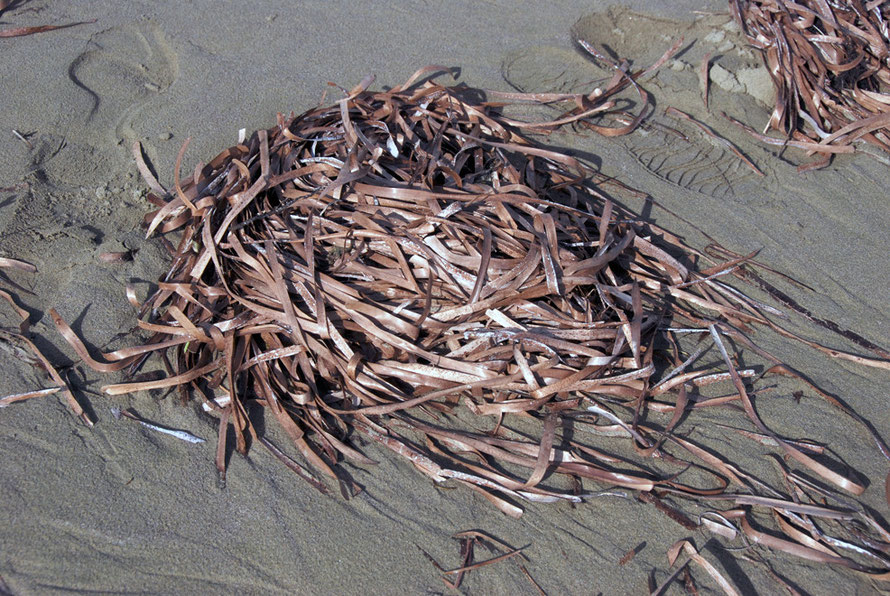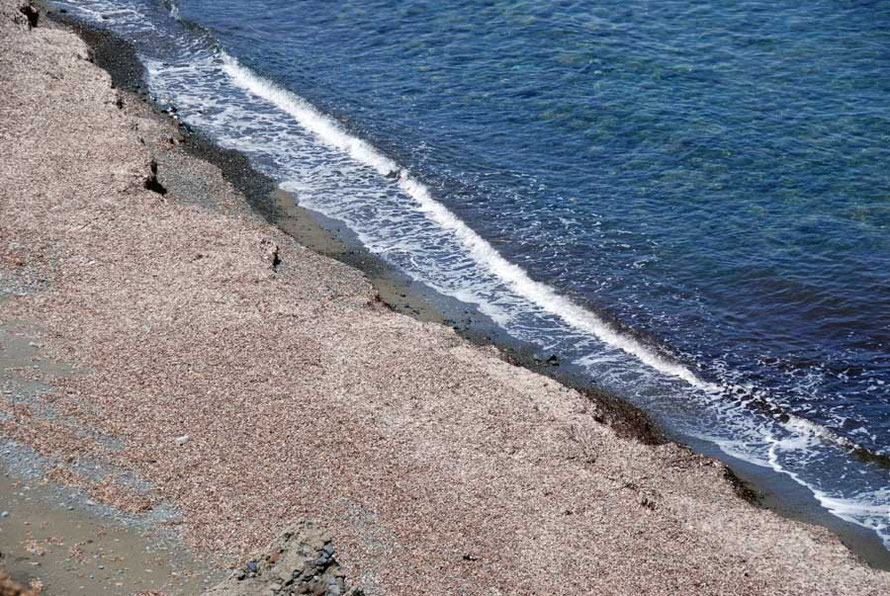Coast X: Sea Grass
Cyprus has four sea grass sites protected under the European Commission’s Natura 2000 network that cover an indicative area of 952 hectares.
Dried sea grass (Posidonia oceanica) leaves were traditionally used to stuff mattresses and pillows (deterring bed bugs), to feed cattle, to provide packing material, and even to thatch roofs. Once viewed as beach litter, the importance of this biodegradable material in the ecosystem is now being recognised and several local authorities along the Spanish coasts hold annual information drives about preserving this seagrass and to explain their new policy of leaving areas of beach in their natural state.
P. oceanica is a marine flowering plant (angiosperm) with a millenary life span, a need for light and clear water, and a very slow growth (a few centimetres per year) and poor reproduction rate. P. oceanica propagates slowly, through the elongation of horizontally growing rhizomes, which eventually forms tightly knit mattes of rhizomes that hold the sandy seabed in place. Thus the meadow rises, over decades, producing reefs up to 3 m high that can be thousands of years old. These meadows accumulate sediment and mediate wave motion, minimising the effect of wave action and therefore helping to stabilise the coastline. This process also reduces the amount of sediment suspended in the water, helping to maintain the clear water conditions P. oceanica requires for growth. Source




